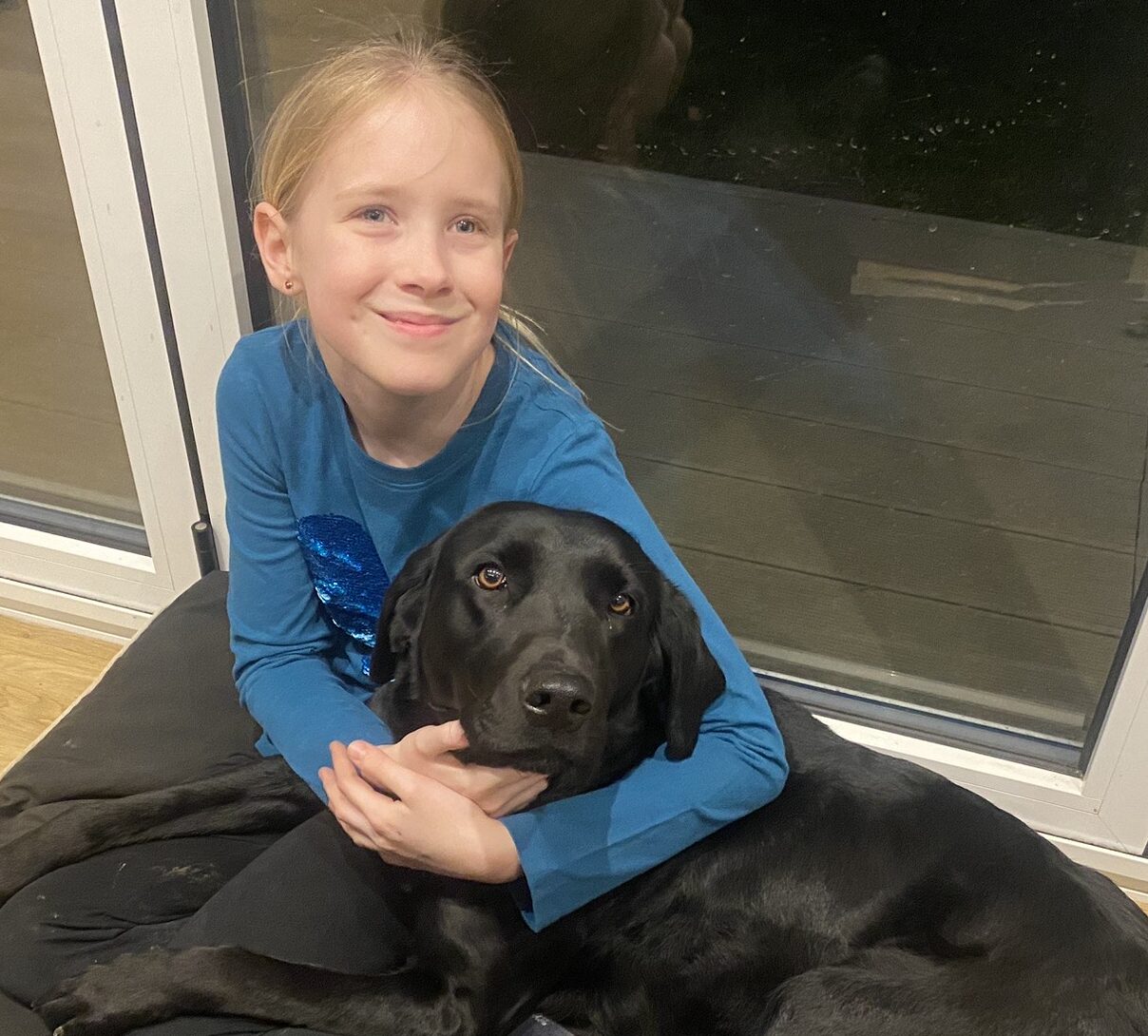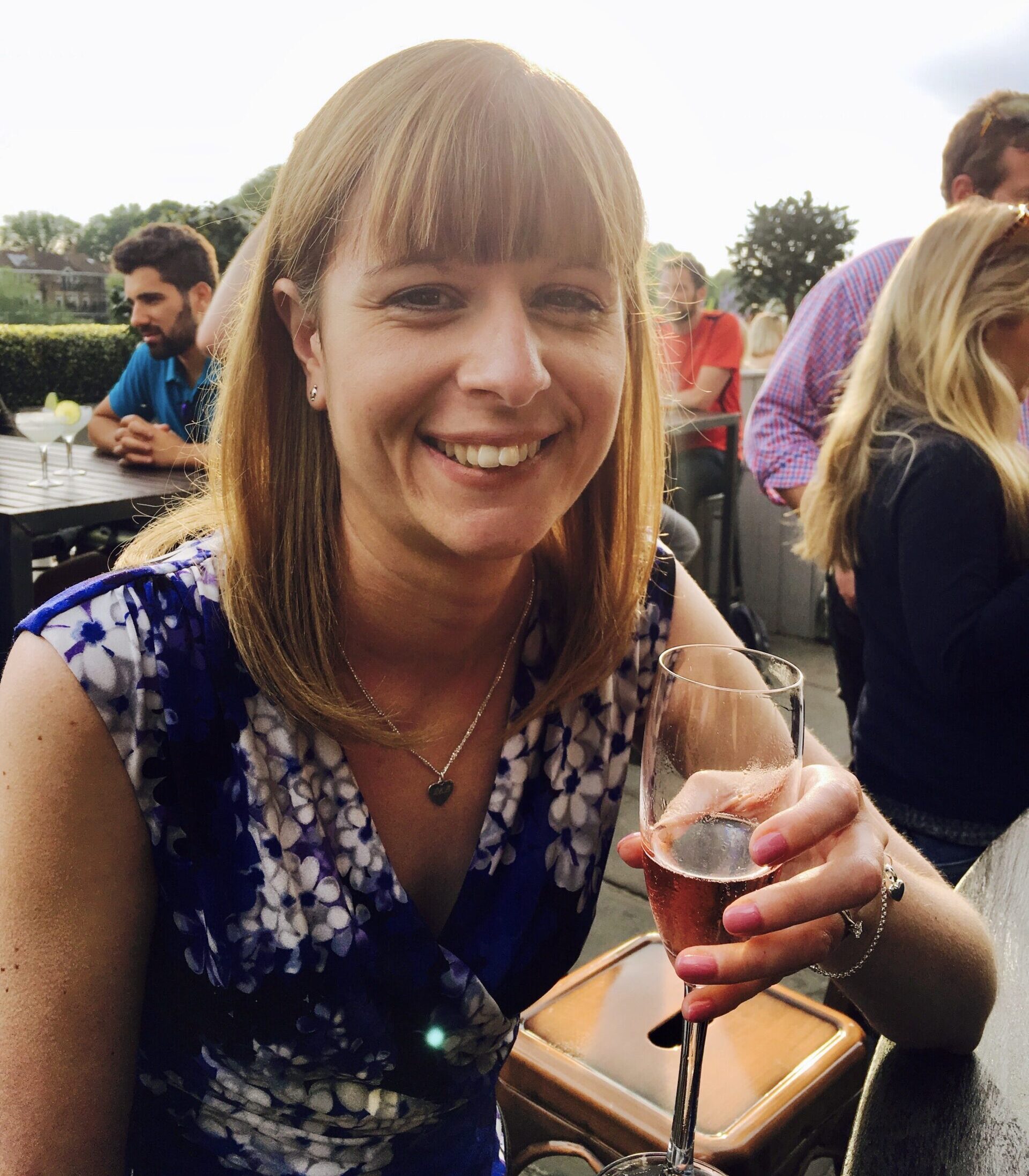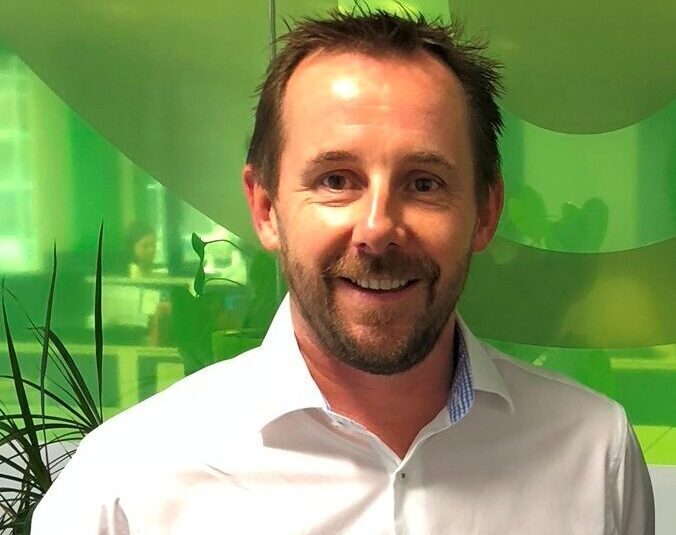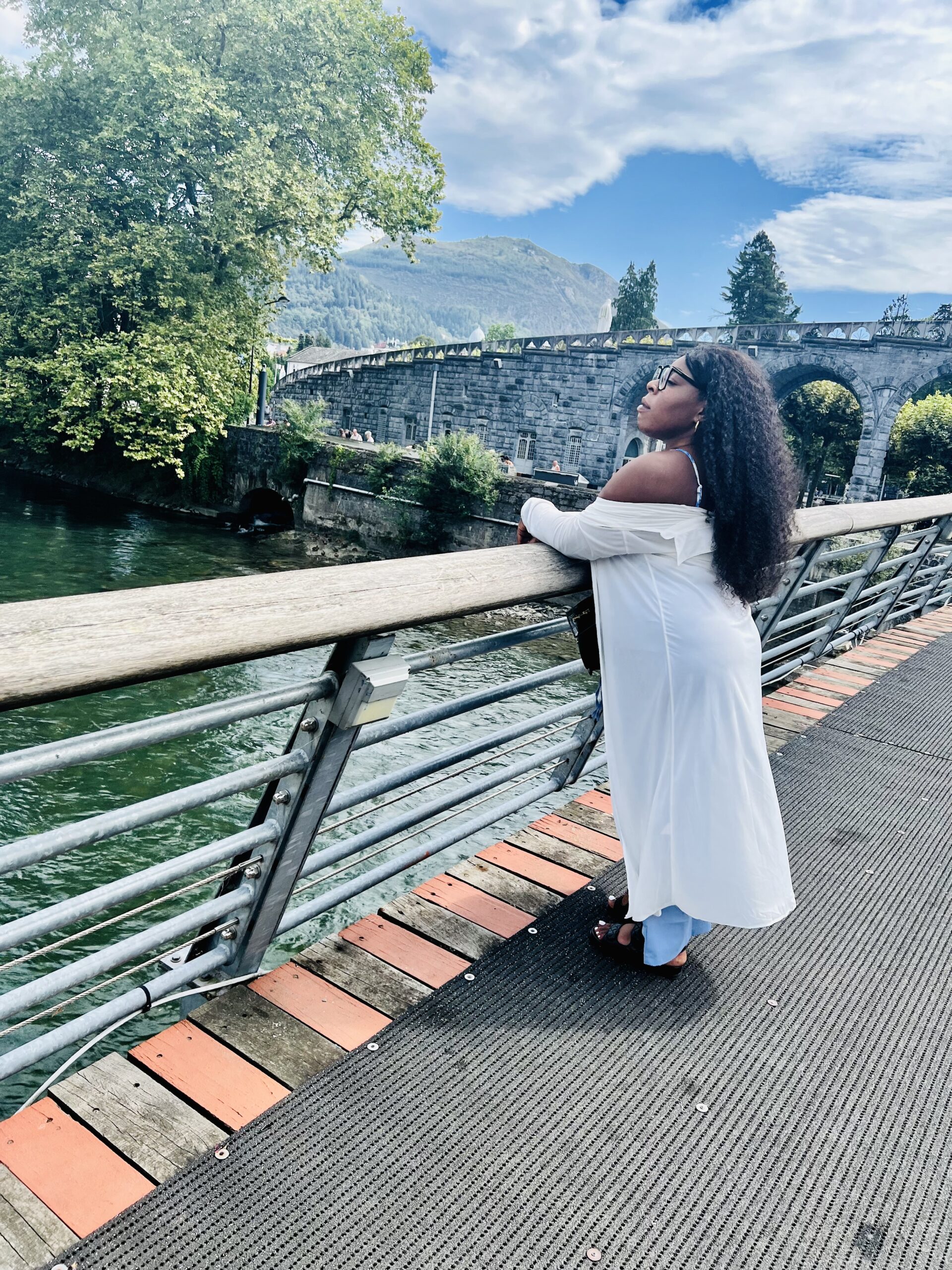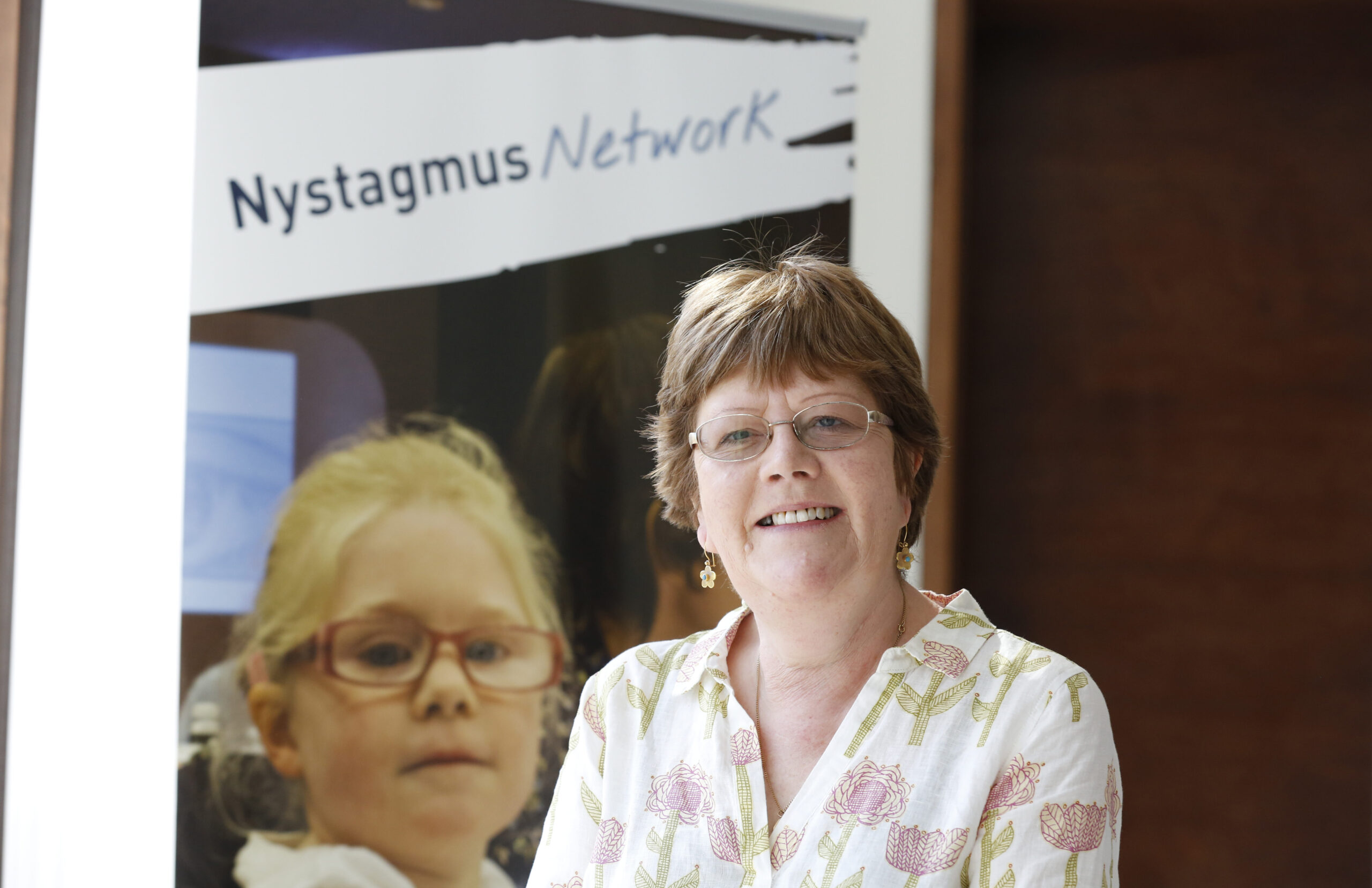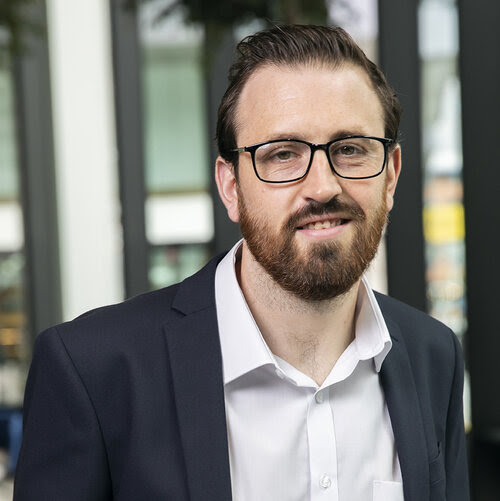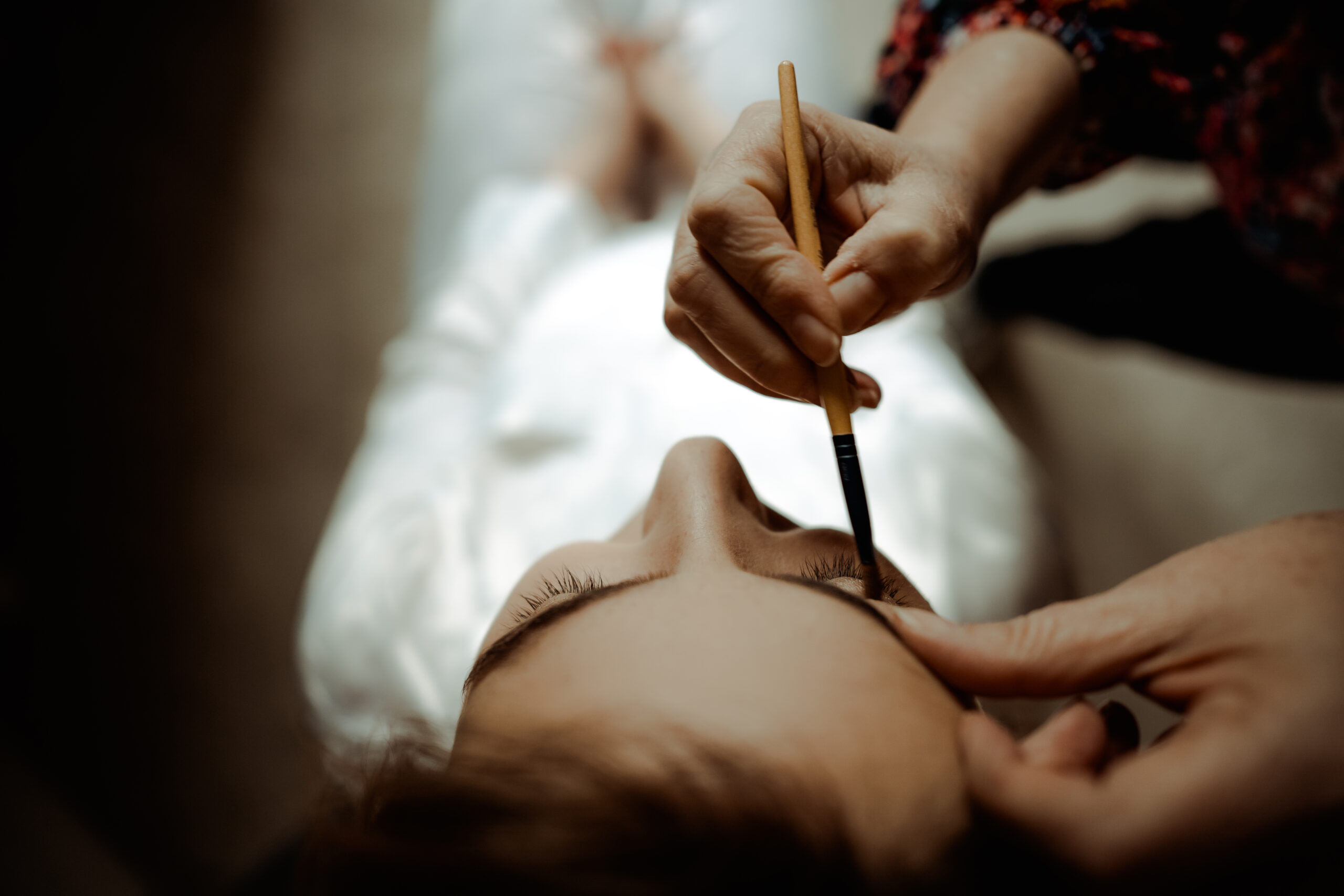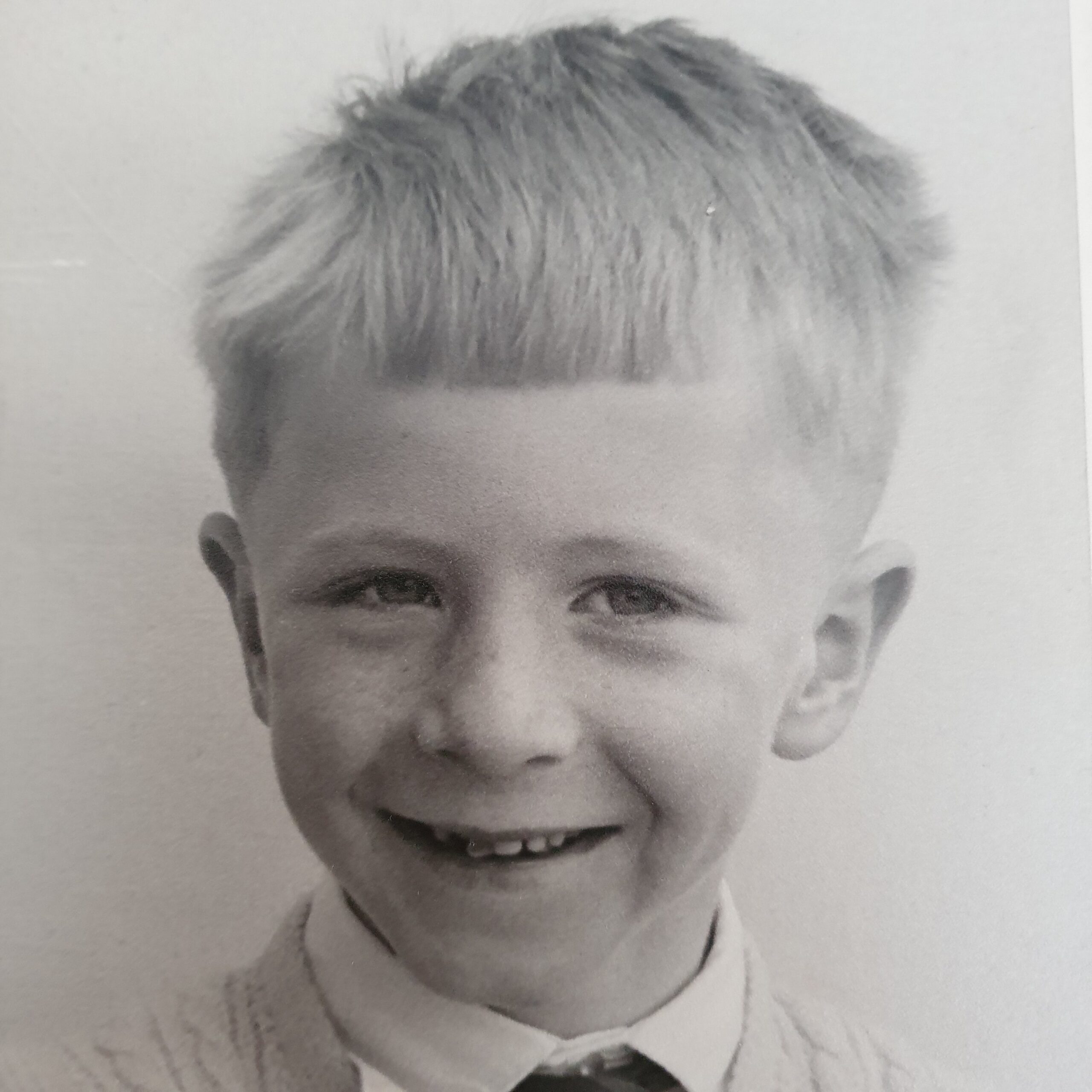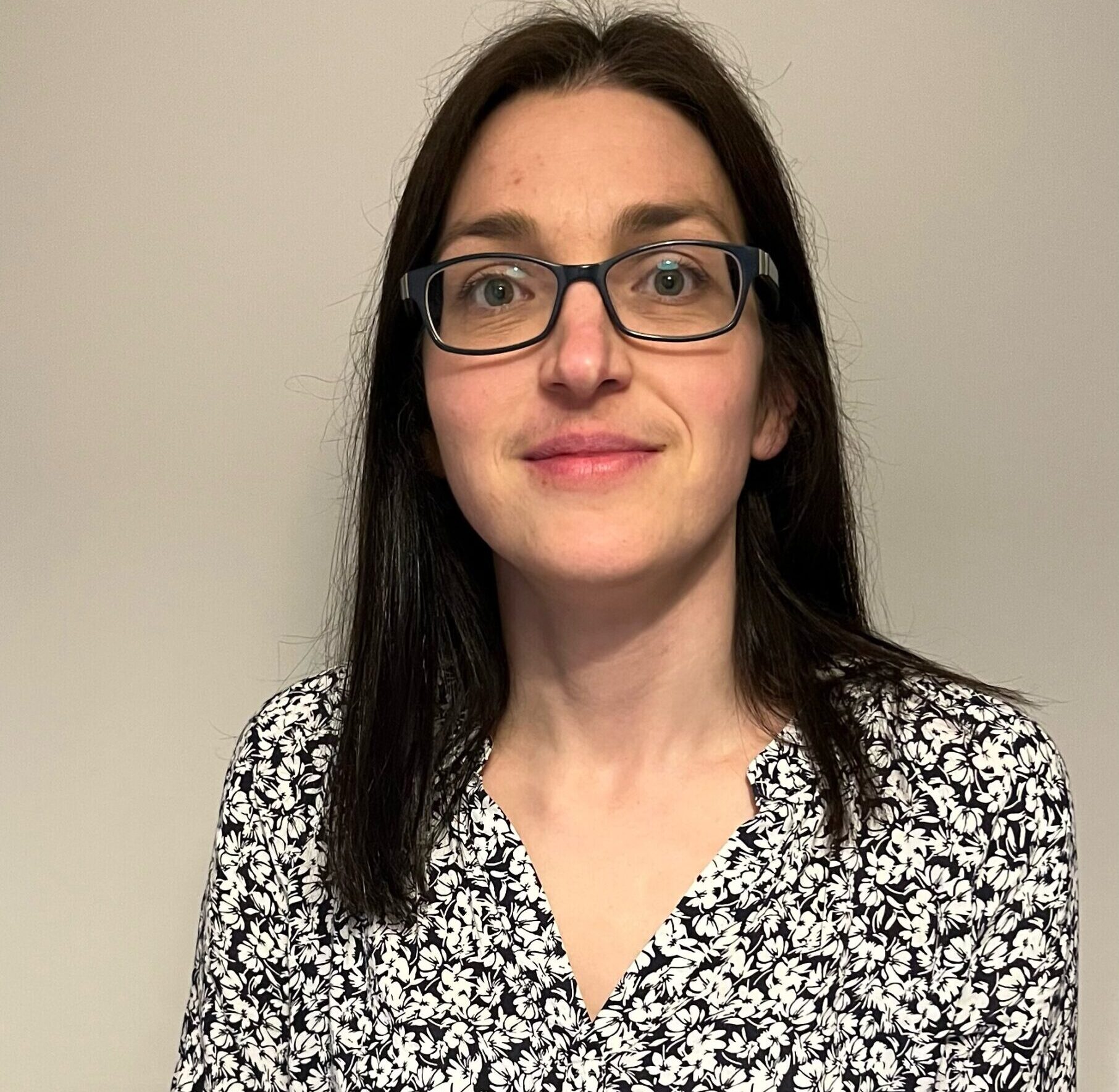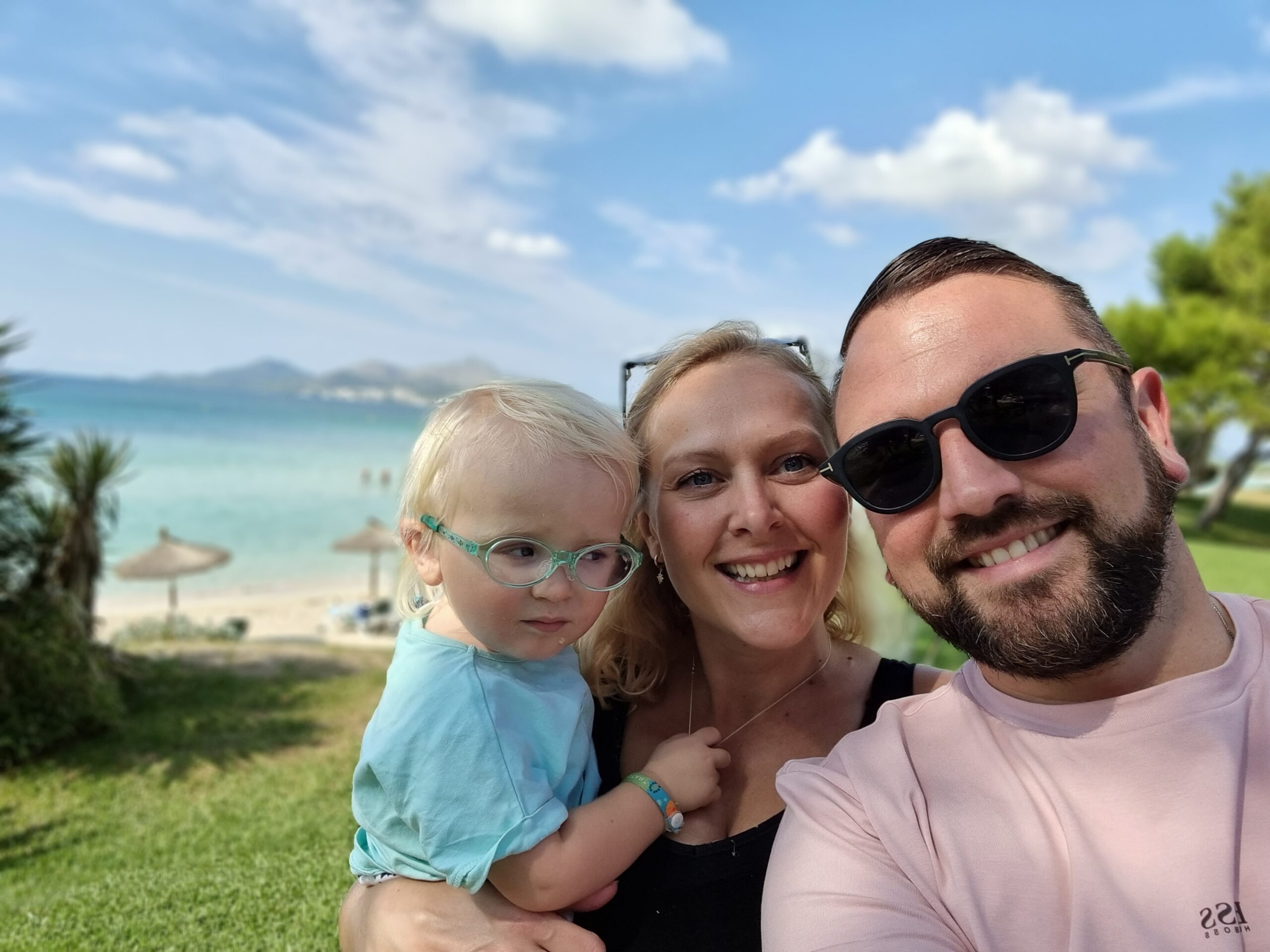This Nystagmus Awareness Day we’re asking people to share their story.
John’s nystagmus story is a letter to his 9-year-old self
To the best of my recollection, I was about eight or nine when I really began to worry about nystagmus. Most of all, I worried about what I could not see and what I might not be able to do.
Even before I was eight, I knew that how I see the world is different from most other people. That explained the regular visits to eye hospitals. But I didn’t really understand how differently I see the world. I’m not sure I do even now, almost 60 years later. But I know a lot more than I did then. And if I’d known then just half of what I know now life would have been so much easier.
That’s the reason I’m writing this letter. Not for me, but for those of you with nystagmus who are eight or nine years old now. And for your parents, families and friends. And indeed for anyone – teachers, classroom assistants, doctors, opticians and orthoptists – who meet you.
The first point I want to make is that having nystagmus is not as bad as some people think. Yes, nystagmus can be a nuisance, but it shouldn’t ruin your life. I know a lot of people with nystagmus and am amazed at what they do, from acting and singing and writing and playing music to being doctors and teachers and successful business people.
Secondly, it’s easy to fixate on what we can’t do – or struggle to do – because of nystagmus (catch a ball, drive a car, become an airline pilot, etc). Instead, my advice is to focus on what you can do. For instance, catching a ball is hard with nystagmus, but you’ll find all kinds of sports and activities that you CAN DO.
True, most of us with nystagmus can’t see well enough to drive, but we can and do travel and get around. By the way, personally, I enjoy being driven around. And it’s great not worrying about parking a car, petrol prices or being a taxi driver for other people.
In my experience then we can do most things, even if sometimes we have to be a bit creative and flexible. In fact, it’s entirely possible that having nystagmus helps us “think outside the box”. And that’s a very useful skill to have.
Thirdly, I have a piece of advice. You do need to talk about nystagmus. This can be hard, but think of it this way: most other people – even grown-ups – have no idea what it’s like to have nystagmus unless we tell them. So they can’t help us unless we say what we see – or don’t see.
If you think about it, there’s a lot to tell people. How do they know our world doesn’t move all the time? That it’s tiring doing close work, especially with numbers. That things around us aren’t always quite where they seem. That it’s frustrating that other people see us long before we see them. That it makes you sad to be picked last for a sports team. That teachers forget we can’t see what’s on the board. That finding friends in the playground or a word on a page is hard.
The good thing is that if you talk about nystagmus and how it affects you, most people are interested and want to help. They will change the way they do things. They will give you a seat near the front. They will read out the restaurant menu that’s too far away and / or too small for you to see.
And that’s a point worth remembering. The problem isn’t with you or your eyes, but with how the world around you is designed. The menu is TOO FAR AWAY. The print size is TOO SMALL.
My final point is that it’s wrong to say – as some people do – that we can’t do anything about nystagmus. Yes, I know that doctors can’t cure nystagmus – at least not yet. But, as hopefully I’ve explained above, there are lots of little, everyday things that we and doctors and family and friends and everyone around us can do to make our lives easier.
So, don’t despair or feel sad. Talk about nystagmus and focus on what you can do. You might surprise yourself!

